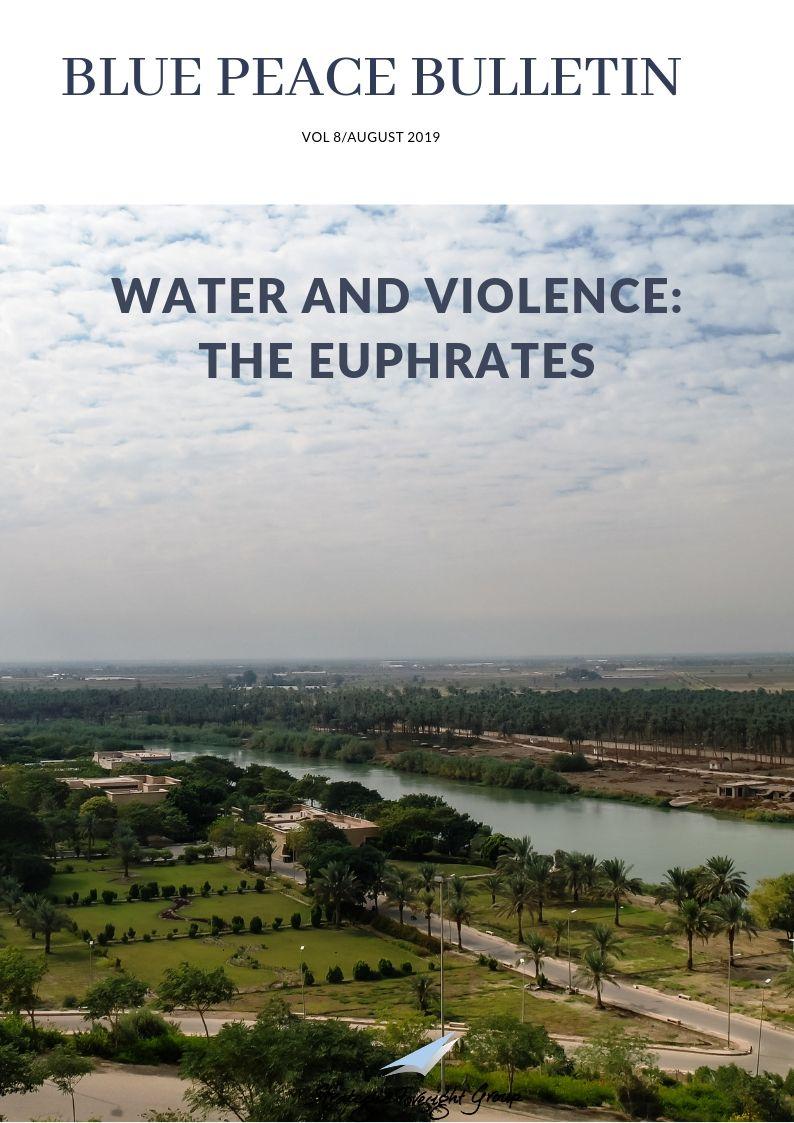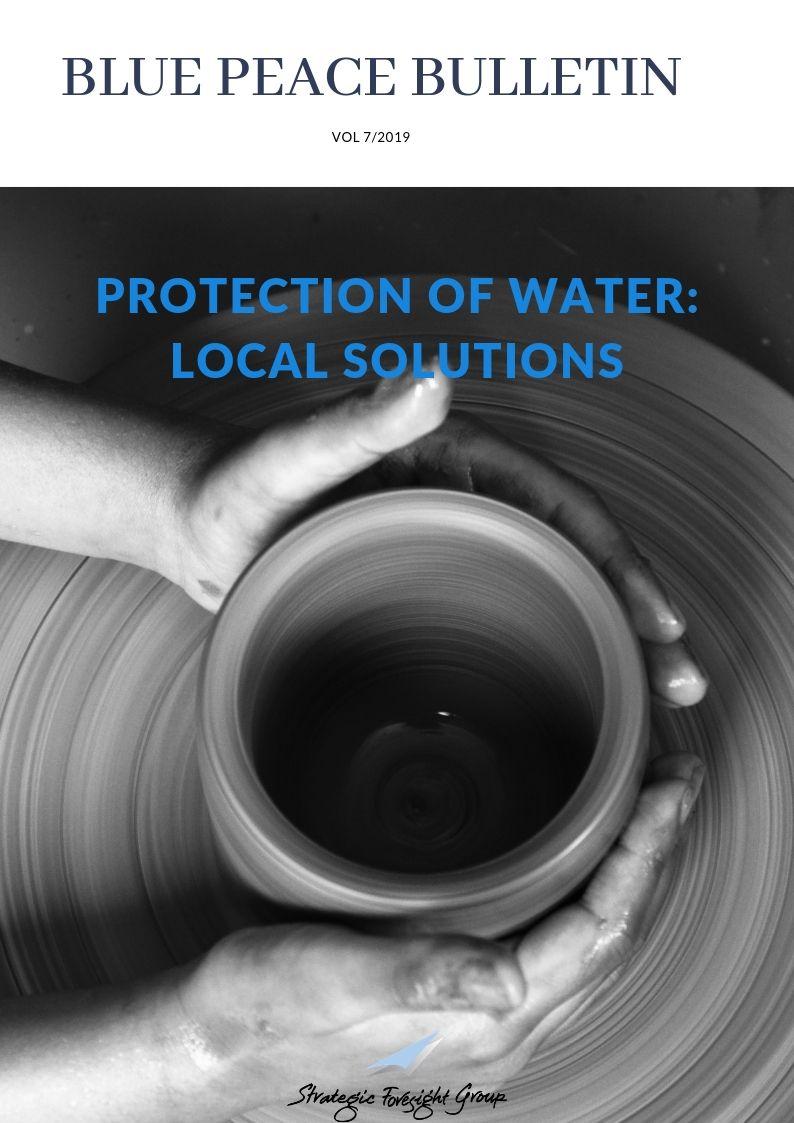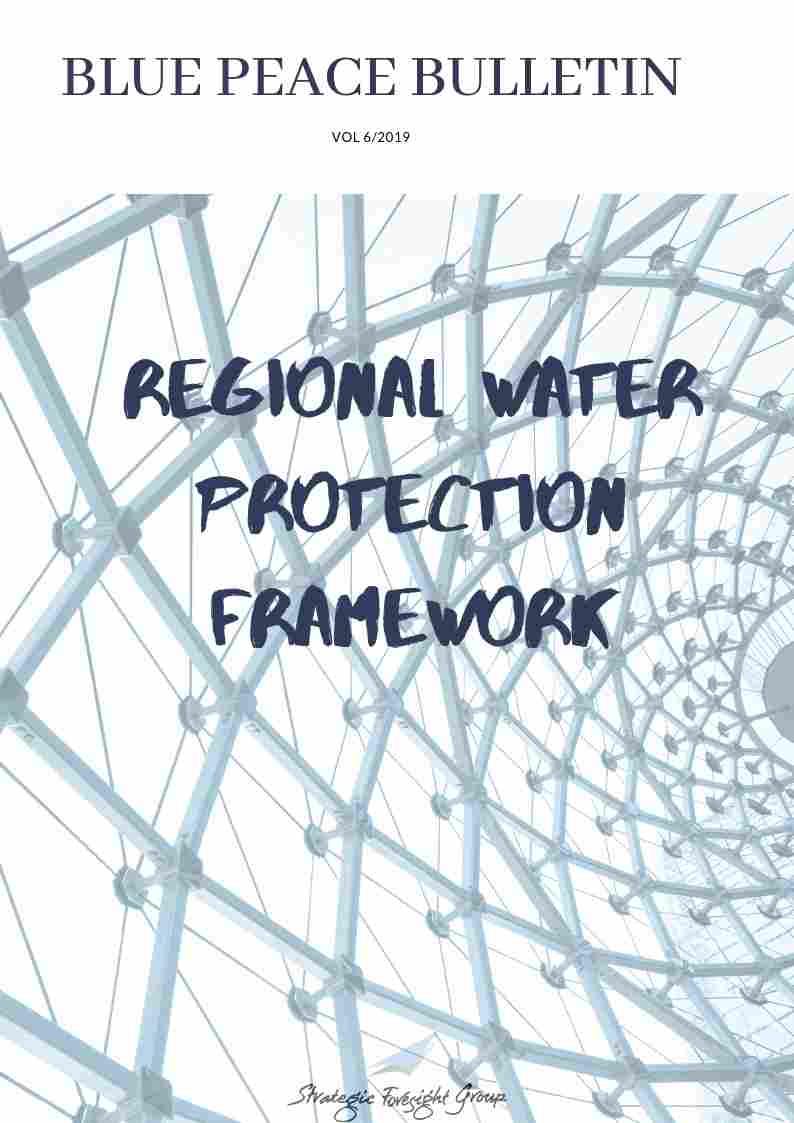Something Old, Something New-Water Conservation in Rajasthan
 |
February, 2011
By Anumita Raj
|
In the past few years, the state of Rajasthan in India has seen its poor water fortunes aided in part by the revival of traditional and ancient water conservation systems. Rajasthan is amongst the driest states of India and receives as little as 100 mm of average annual rainfall in the western parts of the state. Daily temperatures can reach as high as 48 degrees celsius in the summer and the state is also home to the Thar Desert, also known as the Great Indian Desert. There are hundreds of small and medium water conservation techniques in the state that have been adapted and used over centuries to protect against water insecurity. These ancient water conservation techniques, that helped the state survive its climate for centuries, are making a comeback today. If this trend can be supplemented and extended, more benefits will be available to the water-starved residents of Rajasthan.
The revival of "paar", a traditional system of rainwater harvesting in Rajasthan is the latest in a series of attempts to use ancient techniques to alleviate the pervasive water insecurity in the state. The Centre for Science and Environment (CSE) has a small grants programme through which it has assisted Thar Integrated Social Development Society (TISDS) revive the ancient "paar" technique in Jaisalmer district. Between 2003 and 2008, the project managed to revive the water fortunes of the villages it operated in.
Another example of an ancient technique being revived is that of "johad" which is essentially an earthen check dam that catches rainwater. The benefits include better percolation that improves the ground water level. Tarun Bharat Sangh, an NGO, implemented this technique in the Alwar district, which is one of the poorest districts of the state. Since the late 1980s, this revival has set off a chain of events in this region, leading to better and increased water security through rainwater harvesting.
Such techniques will increase the water security of rural areas in Rajasthan in the future, which have been traditionally been cut off from technologies that conserve water. For example, in Jodhpur district, existing and proposed traditional water harvesting techniques could ensure 68 MCM of water; enough for nearly 70% of the district's population. In the future, successful examples like Alwar and Jaisalmer could prompt NGOs to expand state-wide. Moreover, the low monetary input to water yield ratio will prove to be a factor, as most traditional techniques cost very little money to set up. The Confederation of Indian Industry (CII) in a Vision 2022 document for Rajasthan lists water harvesting as a vital focus, which means that money for such initiatives could become more widely available from such bodies. Support from NGOs as well as corporate entities will prompt the government to also get involved more seriously. Overall, the trend of reviving ancient water conservation techniques will impact the groundwater tables as well as reduce desertification in the future. An example of this can be seen in Alwar, where the "johad" method created 6 meter rise in the groundwater tables of the district and a 33% increase in forest cover.
In the future, the larger impact of this trend will be on the retention rates of young girls in school. Young girls in the state of Rajasthan are traditionally kept out of school in order to travel long distances to collect and ferry water for the whole family. This will also help older women free up time to spend on supplementary economic activities and education. Reusing ancient techniques will also help preserve knowledge and cultural traditions in the state for the future. Improved water security in villages in Rajasthan could lead to better food security as well as reduce migration as a result. Due to the deep and pervasive levels of water insecurity in the state, migration for labour is a common practice. This could come down if the agricultural activities are buoyed as a result of increased water security.
The effects of climate change are already visible across India. Increasingly erratic rainfall patterns, flash floods and extended droughts are all now an accepted part of daily life. Rajasthan's natural topography makes it all the more vulnerable to the impacts of climate change, both in the present and in the future. This is why it is vital that measures are taken to guard against this phenomenon. Reusing old techniques in a modern context could well prove to be a deciding factor in the state's future.
Related Publications
Related latest News
Related Conferences Reports
-

An Unprecedented Opportunity:Blue Peace in the Middle East
Download:Stockholm Workshop Report
-

Strategy Workshop on Blue Peace in the Middle East
Download:Strategy Workshop on Blue Peace in the Middle East





